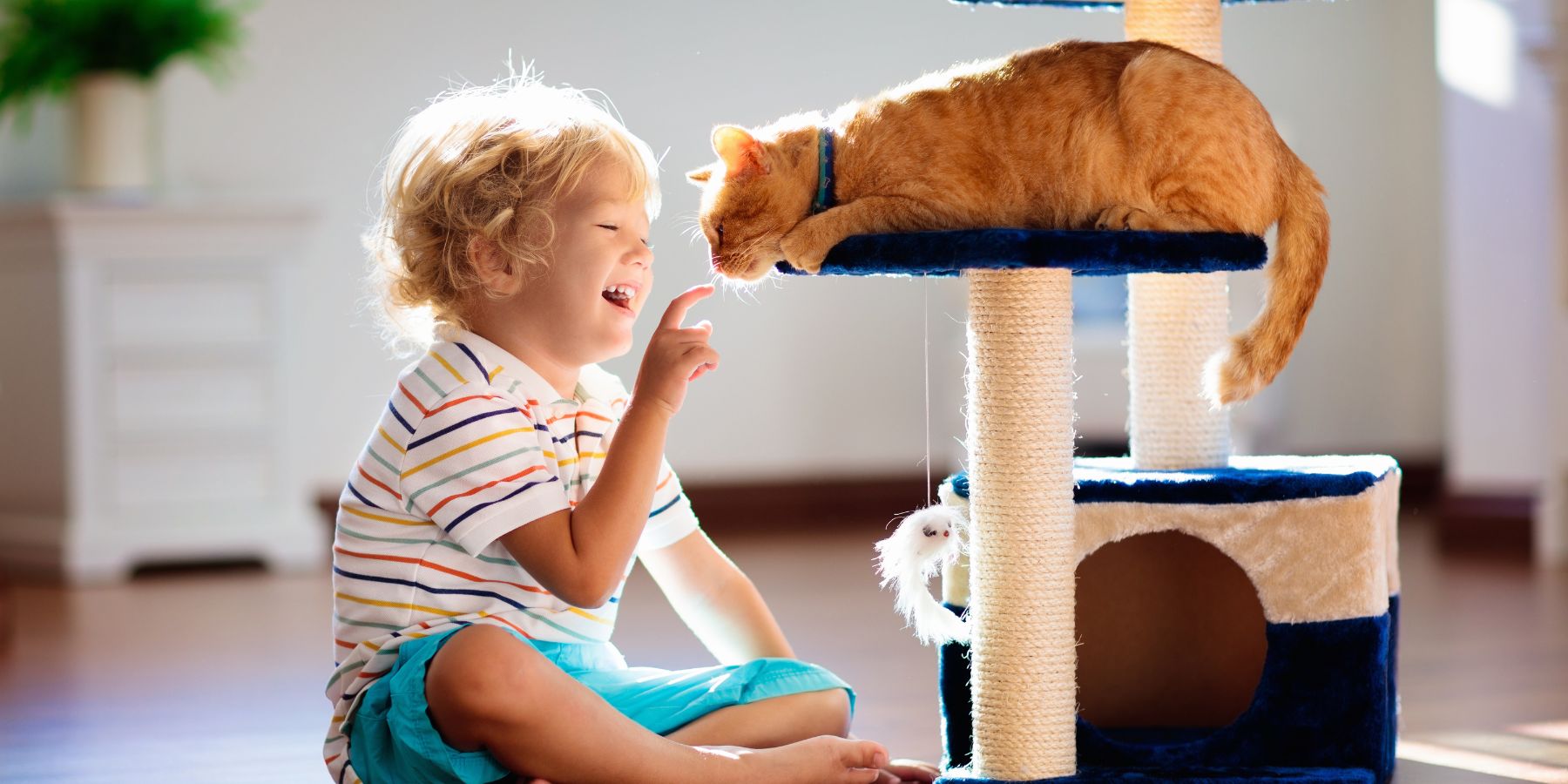Moving to a new home can be just as stressful for our feline friends as it is for us. As someone who’s moved with cats a few times, I’ve gathered some tried-and-true tips to help your cat adjust to their new environment. And yes, even a cat harness can play an important role in this transition!
Here’s a step-by-step guide for all the fellow pet owners out there, looking to make their cat’s move as smooth as possible.
Step 1: Prepare Before the Move
Before moving day, get your cat familiar with the moving supplies. Let them explore boxes, sniff around packing materials, and get used to the chaos. This step helps to minimize stress by introducing them to new objects in a familiar environment.
Step 2: Keep a Consistent Routine
Cats love routine, so try to keep their feeding, play, and cuddle times consistent as you prepare to move. This consistency will provide comfort amidst the changing environment.
Step 3: Safe Room Setup
Once you’re in your new home, set up a ‘safe room’ for your cat. This should be a quiet space with their bed, litter box, toys, food, and water. It’s a sanctuary where they can retreat and feel secure as they adjust.
Step 4: Use Familiar Scents
Cats rely heavily on scent. Bring old blankets, beds, or toys that smell like your previous home. These familiar scents can help them feel more at ease in the new space.
Step 5: Gradual Exploration
Don’t rush to introduce your cat to the entire house. Start by letting them explore one room at a time. Supervise these exploration sessions to ensure they don’t get overwhelmed or hide in hard-to-reach places.
Step 6: Maintain a Calm Environment
Try to keep your new home as calm and quiet as possible during the first few days. Loud noises or too much activity can increase your cat’s anxiety.
Step 7: Interactive Playtime
Engage your cat in interactive play sessions. This helps them associate the new home with positive experiences. Use their favorite toys to encourage play and exploration.
Step 8: Using a Cat Harness for Outdoor Exploration
If you have an outdoor space, a cat harness can be a great tool for safely introducing your cat to it. Ensure your cat is comfortable in the harness first, then gradually take them out to explore the new surroundings.
Step 9: Litter Box Consistency
Place the litter box in a quiet, accessible location in your new home. Keeping the type of litter and box consistent with what your cat used in the old house can help them adjust quickly.
Step 10: Patience is Key
Be patient with your cats as they adjust. Some cats might settle in quickly, while others may take weeks. Give them time and space to adapt at their own pace.
Step 11:
Positive Reinforcement
Whenever your cat explores a new area of the house or shows signs of relaxation, offer them treats or affection. This positive reinforcement encourages them to feel more comfortable in their new surroundings.
Step 12: Watch for Stress Signals
Be aware of signs of stress in your cat, such as hiding, decreased appetite, or excessive vocalization. If these behaviors persist, consult your veterinarian. Sometimes cats need a little extra help to adjust, and there’s no shame in seeking professional advice.
Step 13: Create High-Up Safe Spaces
Cats feel secure when they can observe their environment from a high vantage point. Set up cat trees, shelves, or window perches where they can climb and survey their new domain. This can make them feel more in control and at ease.
Step 14: Introduce Familiar Sounds
If your cat had favorite sounds or music in the old home, play them in the new home. Familiar sounds can be soothing during times of change.
Step 15: Monitor Outdoor Time
When using a cat harness for outdoor time, start with short sessions and gradually increase the duration. Always supervise these outings to ensure your cat doesn’t escape or get into danger in the unfamiliar environment.
Step 16: Avoid New Changes
Once you’ve moved, try to avoid making other significant changes in your cat’s life. Stick with the same food, litter, and routines as much as possible. Consistency is comforting during times of change.
Step 17: Scent Marking Encouragement
Encourage your cat to scent marks in the new home. This can be done by rubbing their cheeks with a soft cloth and then rubbing the cloth on furniture at their height. Scent marking can make them feel more at home.
Step 18: Gradual Introduction to Other Pets
If you have other pets, reintroduce them slowly, just as if they were meeting for the first time. This helps prevent territorial disputes and allows for a peaceful coexistence in the new environment.
Step 19: Stay Present and Attentive
Spend as much time as possible with your cat during the initial transition. Your presence is reassuring and can significantly reduce their stress.
Step 20: Celebrate Small Victories
Celebrate your cat’s milestones, no matter how small. Whether it’s confidently exploring a new room or simply relaxing more in their safe space, acknowledging these moments can be uplifting for both you and your cat.
Conclusion
Moving with a cat requires patience, understanding, and a bit of planning. By following these steps, you can make the transition to your new home as smooth as possible for your feline friend. Remember, each cat is unique, so be responsive to their specific needs and pace.
Have you recently moved with a cat? What strategies worked for you in helping
them adjust? Share your experiences and insights in the comments below. Let’s support each other in ensuring our furry companions feel safe and happy in their new homes!
